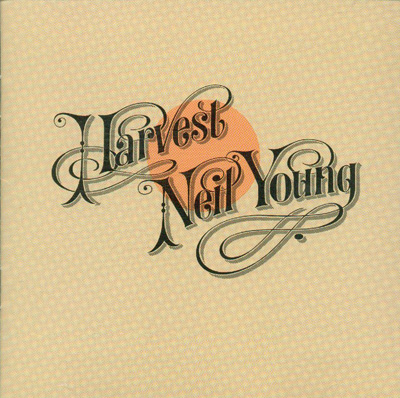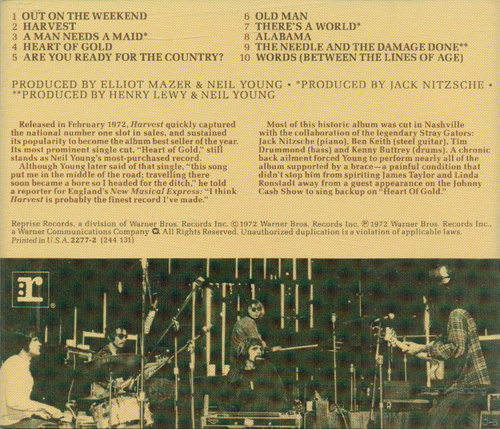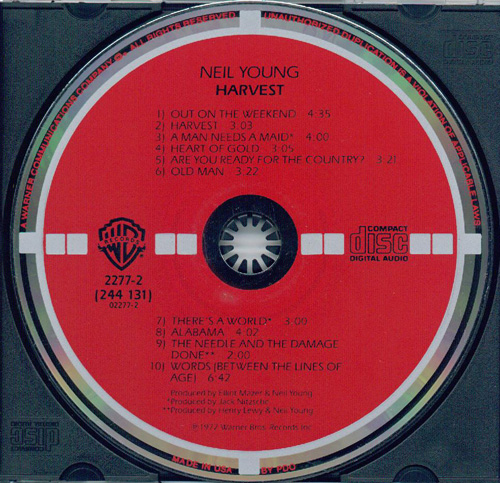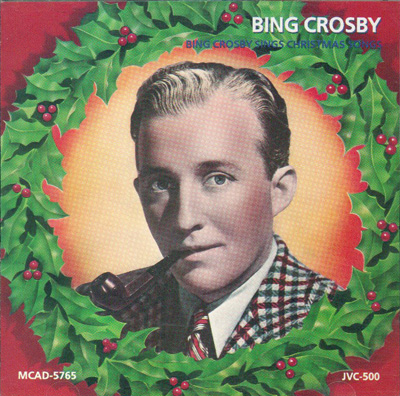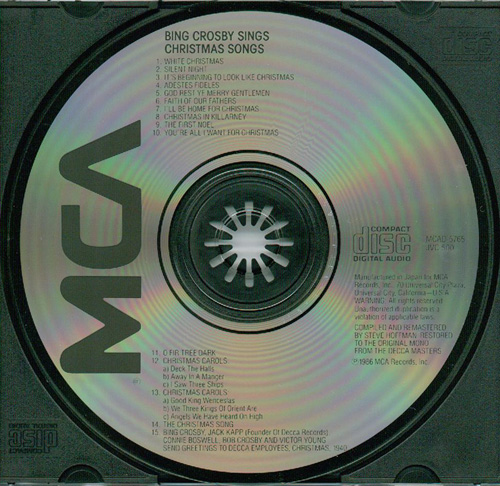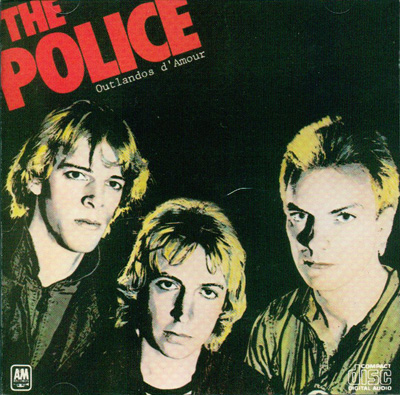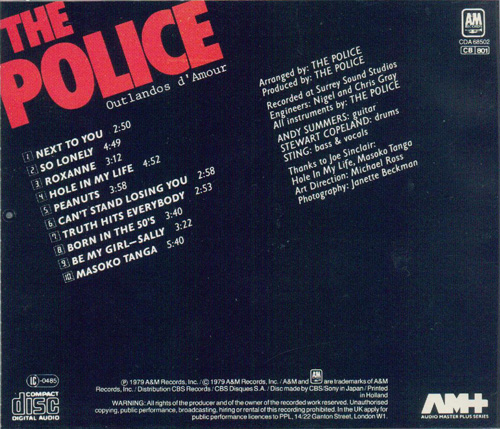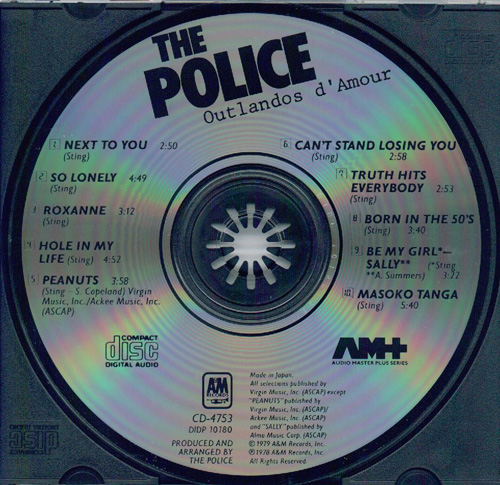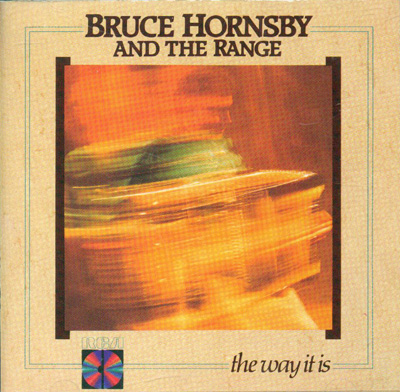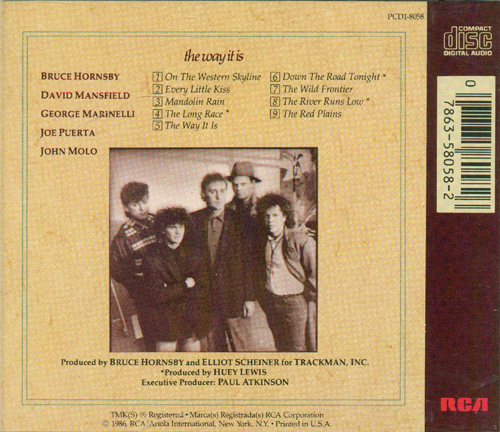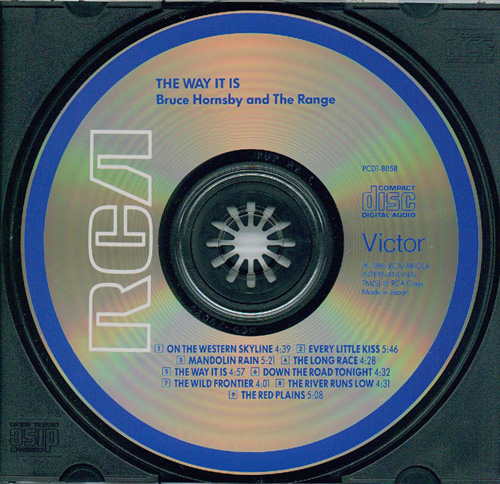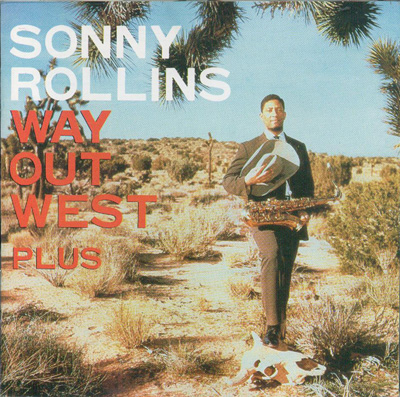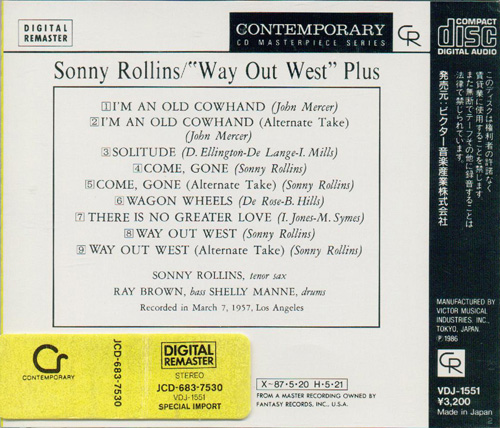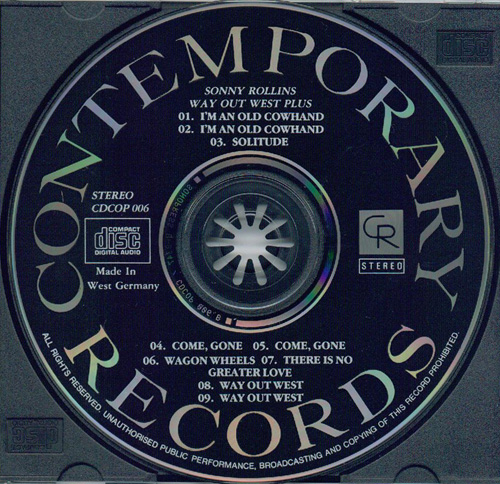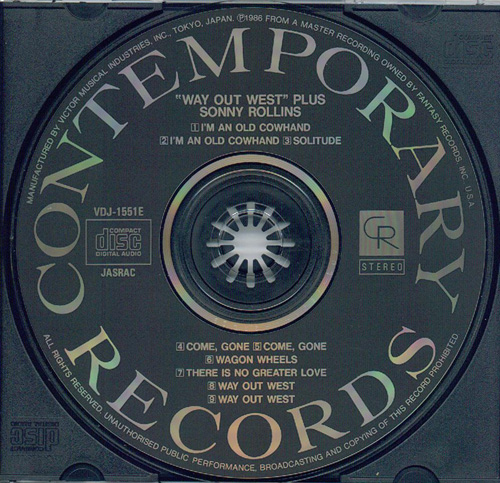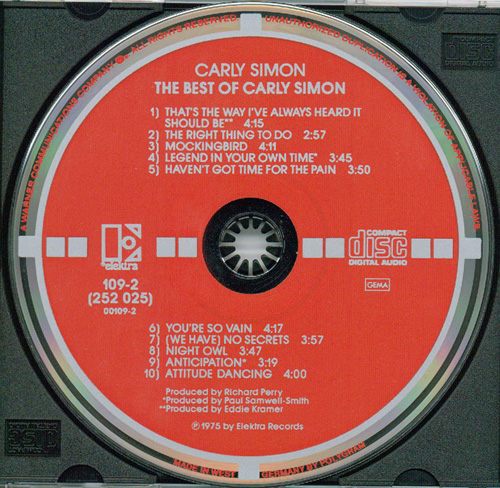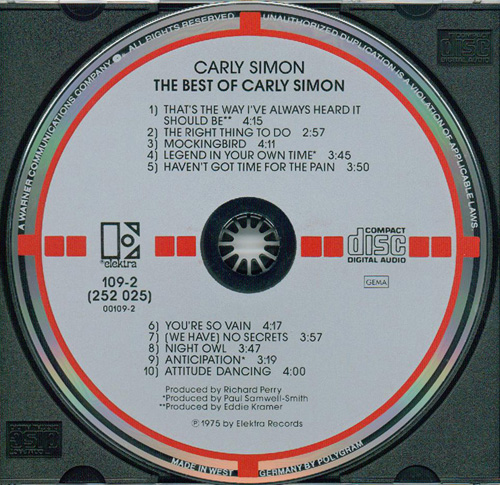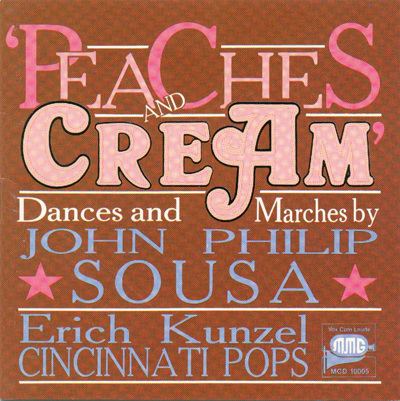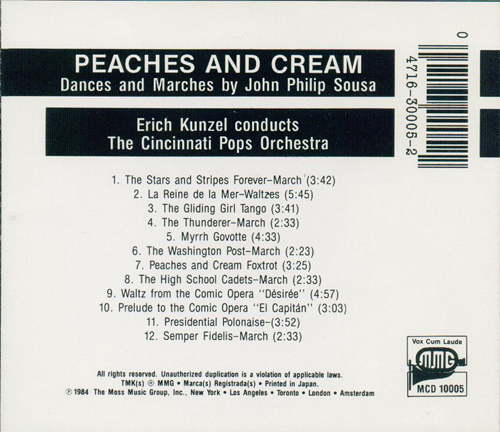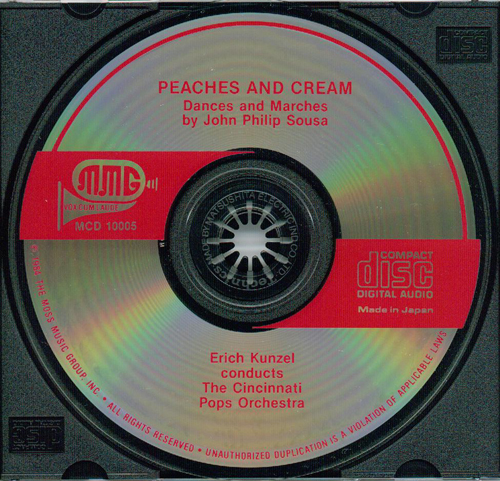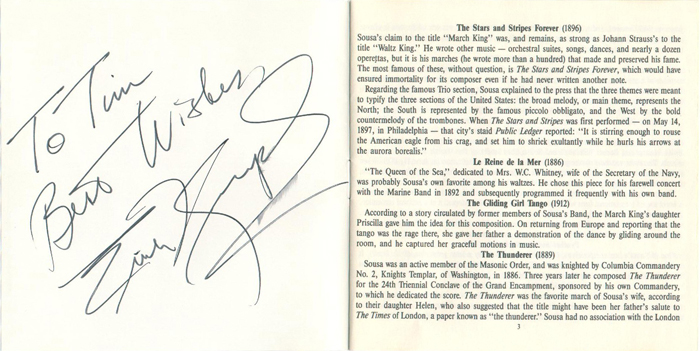http___www.bigleaguekickball.com_category_press_ soma cheap no prescription Nimbus Natural Sound Promotional CD Sampler">The 1982 http___www.bigleaguekickball.com_about_ Order Soma online without prescription Nimbus Natural Sound Promotional CD Sampler
February 4th, 2012
When the CD format was launched in 1982, a key target audience were audiophiles who were frustrated with the labor and pop and clicks encountered in playing vinyl records and the wear and poor fidelity encountered in playing cassettes. While one could debate the merits and limitations of the various music formats, I will not do that here. Suffice it to say, the CD format was targeted towards audiophiles. Many audiophiles were classical music enthusiasts, and as such, many major classical music labels embraced the new digital format from the beginning. One was the British Nimbus label.
Years prior to producing CDs, Nimbus developed a reputation for their well-recorded and well-mastered classical music records. Many of these records were recorded, mastered, and manufactured at Nimbus’ facility in Wyastone Leys, Monmouth, Great Britain. In 1982, Nimbus rode the digital wave and began to release CDs, albeit on a limited basis to test market acceptance.
The first Nimbus CD released was a promotional sampler from 1982 entitled Nimbus Natural Sound. This sampler contains 12 classical music works and was released under catalog number NIM 5001. The CD was pressed in West Germany at the Polygram plant and was one of just a handful of Nimbus titles pressed in West Germany. The early West German Nimbus CDs are quite rare. In 1984, Nimbus added CD manufacturing to the Wyastone Leys facility and used it to greatly expand its catalog on CD.
Shown below is the Nimbus Natural Sound sampler CD and the accompanying inserts. Important details are outlined in the figure captions.
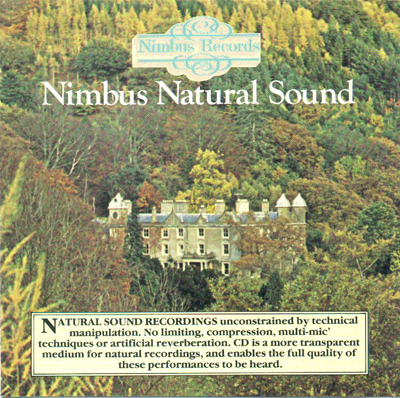
The cover for the Nimbus Natural Sound promotional CD sampler (catalog number NIM 5001). Shown is the Nimbus recording studio and pressing plant in Wyastone Leys, Monmouth, Great Britain.
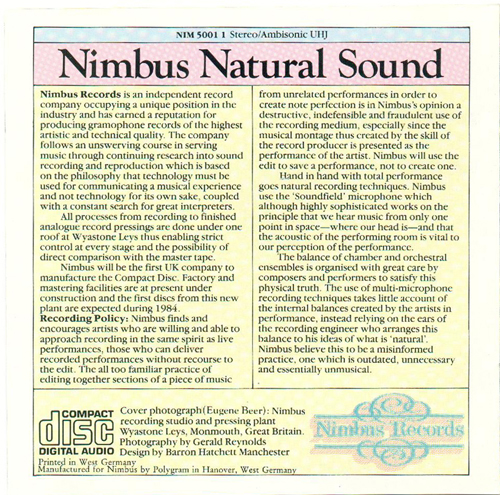
The back cover of the booklet for the Nimbus Natural Sound promotional CD sampler (catalog number NIM 5001). Provided is information on Nimbus Records, including their approach to producing recorded music. As noted in the third paragraph, Nimbus would open its own CD pressing facility in the U.K. in 1984.
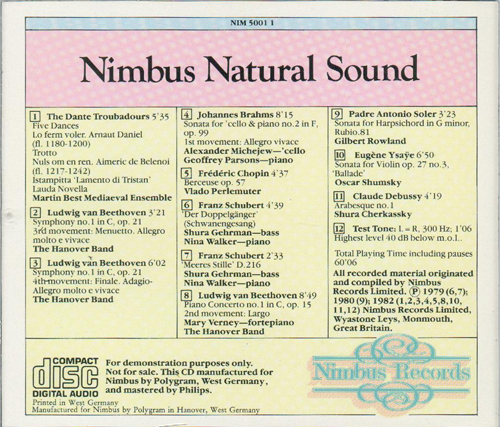
The back insert for the Nimbus Natural Sound promotional CD sampler (catalog number NIM 5001). The track list is shown. Note the promotional statement at the bottom next to the CD format logo.
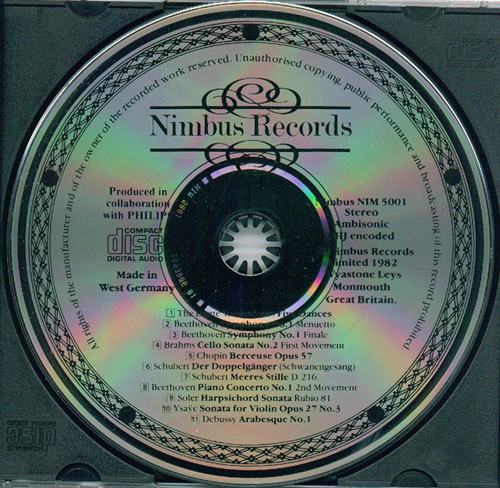
The Nimbus Natural Sound promotional CD sampler (catalog number NIM 5001). The disc states “Made in West Germany” at 9 o’clock, and the matrix code is “NIM 5001 2893006 01”. Also note the statement “Produced in collaboration with PHILIPS” above the CD format logo at 9 o’clock. Philips co-invented the CD with Sony.
